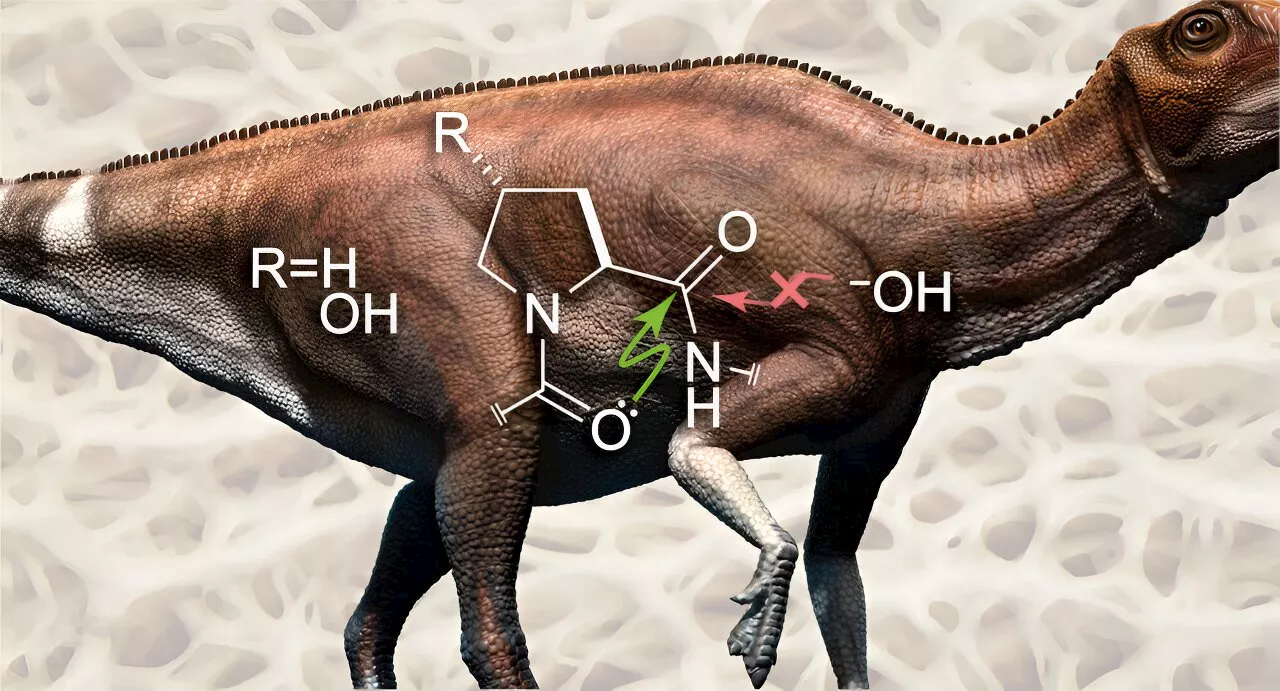Collagen, a protein found in bones and connective tissue, has been found in dinosaur fossils as old as 195 million years. That far exceeds the normal half-life of the peptide bonds that hold proteins together, which is about 500 years.
Chemists explain why dinosaur collagen may have survived for millions of years retrieved 4 September 2024 from https://phys.org/news/2024-09-chemists-dinosaur-collagen-survived-millions.html
This document is subject to copyright. Apart from any fair dealing for the purpose of private study or research, no part may be reproduced without the written permission. The content is provided for information purposes only.Aug 13, 2024Use this form if you have come across a typo, inaccuracy or would like to send an edit request for the content on this page. For general inquiries, please use ourThank you for taking time to provide your feedback to the editors.
Your feedback is important to us. However, we do not guarantee individual replies due to the high volume of messages.to let the recipient know who sent the email. Neither your address nor the recipient's address will be used for any other purpose. The information you enter will appear in your e-mail message and is not retained by Phys.org in any form.Get weekly and/or daily updates delivered to your inbox.
Physics News Science News Technology News Physics Materials Nanotech Technology Science
United States Latest News, United States Headlines
Similar News:You can also read news stories similar to this one that we have collected from other news sources.
 Chemists create gel to prevent leaks and boost lithium-ion battery lifeA new type of gel, developed by chemists at the Martin Luther University Halle-Wittenberg (MLU), could help to make lithium-ion batteries safer and more powerful. The gel is designed to prevent the highly flammable electrolyte fluid from leaking.
Chemists create gel to prevent leaks and boost lithium-ion battery lifeA new type of gel, developed by chemists at the Martin Luther University Halle-Wittenberg (MLU), could help to make lithium-ion batteries safer and more powerful. The gel is designed to prevent the highly flammable electrolyte fluid from leaking.
Read more »
 Chemists find new pharmaceutically active substances from billions of newly combined moleculesNowadays, there's lots of buzz about spectacular new medical treatments, such as personalized cancer therapy with modified immune cells or antibodies. Such treatments, however, are very complex and expensive and so find only limited application.
Chemists find new pharmaceutically active substances from billions of newly combined moleculesNowadays, there's lots of buzz about spectacular new medical treatments, such as personalized cancer therapy with modified immune cells or antibodies. Such treatments, however, are very complex and expensive and so find only limited application.
Read more »
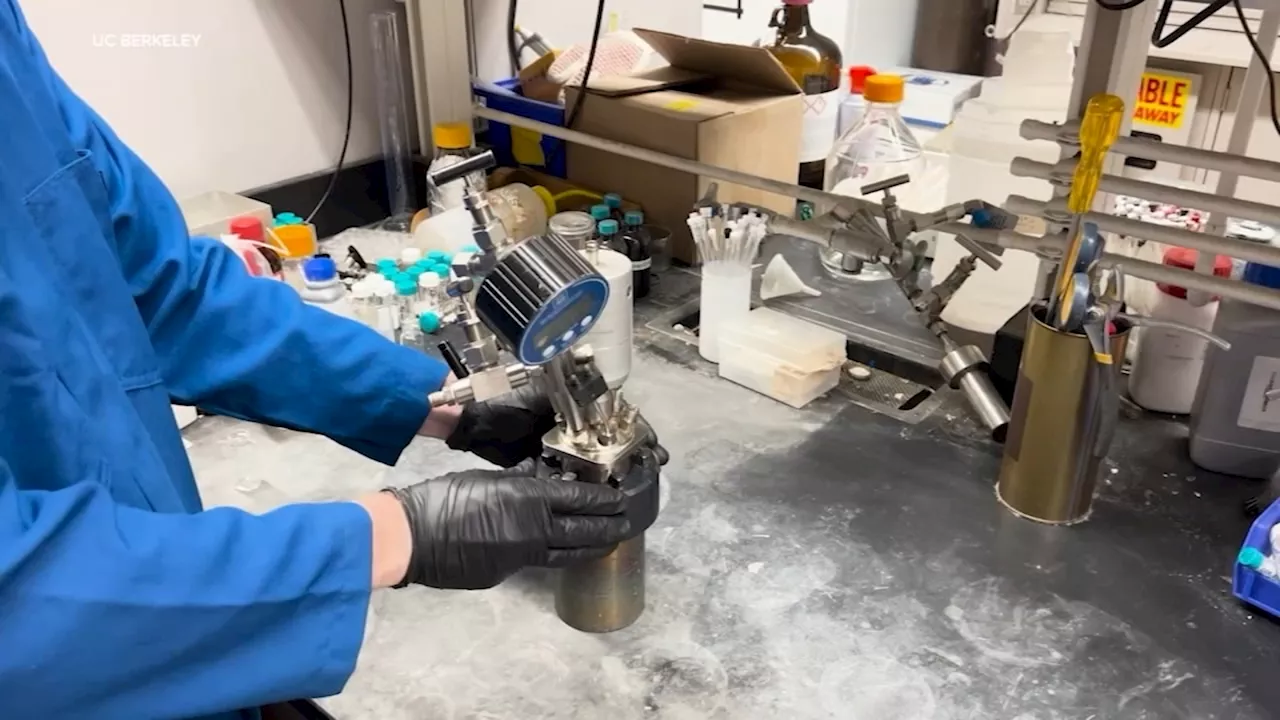 UC Berkeley chemists discover new way to break down common plasticsUC Berkeley chemists say the new method can take apart some of the most difficult plastics to deconstruct, such as plastic water bottles, milk jug, and more.
UC Berkeley chemists discover new way to break down common plasticsUC Berkeley chemists say the new method can take apart some of the most difficult plastics to deconstruct, such as plastic water bottles, milk jug, and more.
Read more »
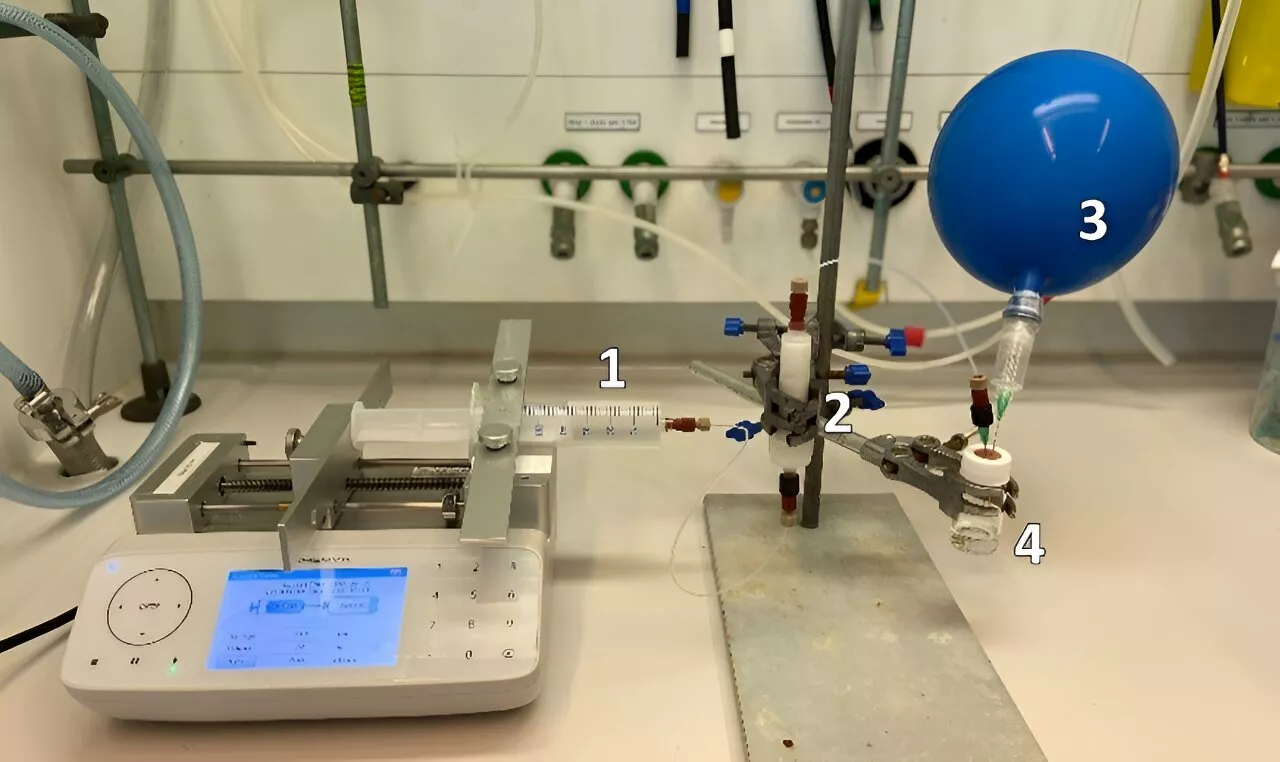 Chemists achieve PFAS-free synthesis of fluorinated pharmaceutical and agrochemical compoundsChemists at the University of Amsterdam have developed a method to furnish a range of molecules with a trifluoromethyl group attached to a sulfur, nitrogen or oxygen atom. Their procedure, which is published in Science, avoids the use of PFAS reagents.
Chemists achieve PFAS-free synthesis of fluorinated pharmaceutical and agrochemical compoundsChemists at the University of Amsterdam have developed a method to furnish a range of molecules with a trifluoromethyl group attached to a sulfur, nitrogen or oxygen atom. Their procedure, which is published in Science, avoids the use of PFAS reagents.
Read more »
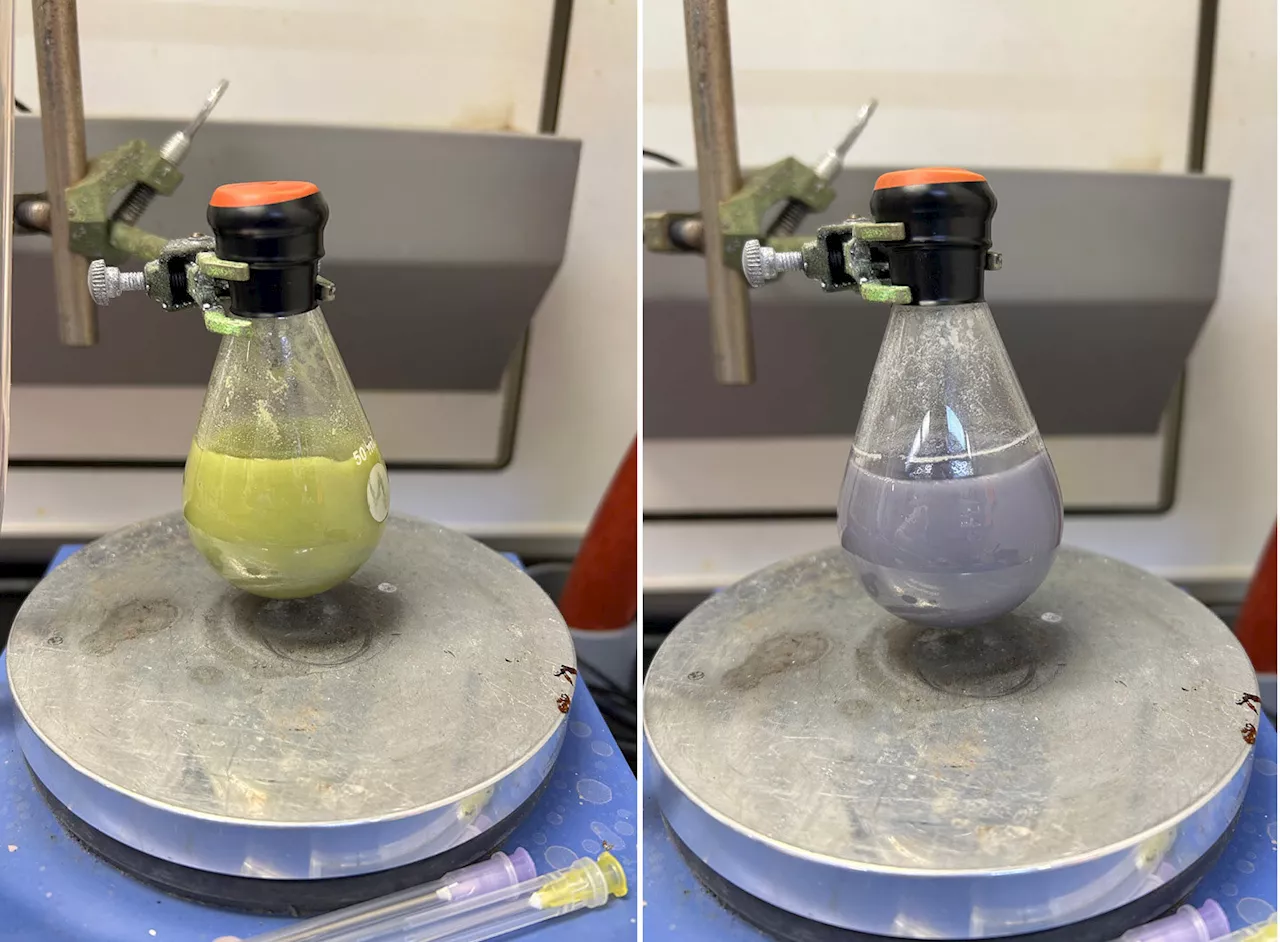 Chemists succeed in upscaling a common reagent for industrial level applicationsThe metallic element samarium, when bound with other elements, is an incredibly useful chemical reagent for synthesizing molecules that can lead to new pharmaceuticals.
Chemists succeed in upscaling a common reagent for industrial level applicationsThe metallic element samarium, when bound with other elements, is an incredibly useful chemical reagent for synthesizing molecules that can lead to new pharmaceuticals.
Read more »
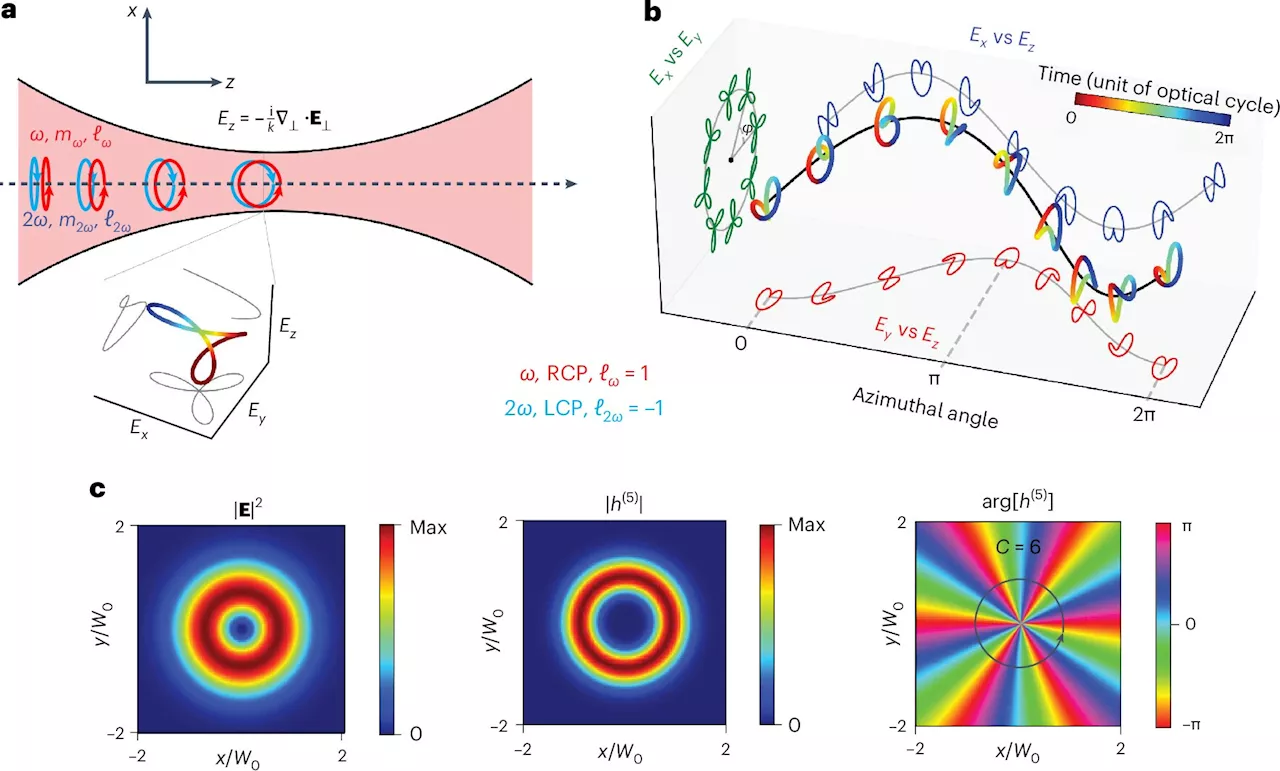 New 'chiral vortex' of light allows chemists to 'see' molecules through the mirrorAn entirely new structure of light is helping to measure chirality in molecules more accurately and robustly than ever before, in a major potential step for the pharmaceutical industry.
New 'chiral vortex' of light allows chemists to 'see' molecules through the mirrorAn entirely new structure of light is helping to measure chirality in molecules more accurately and robustly than ever before, in a major potential step for the pharmaceutical industry.
Read more »
